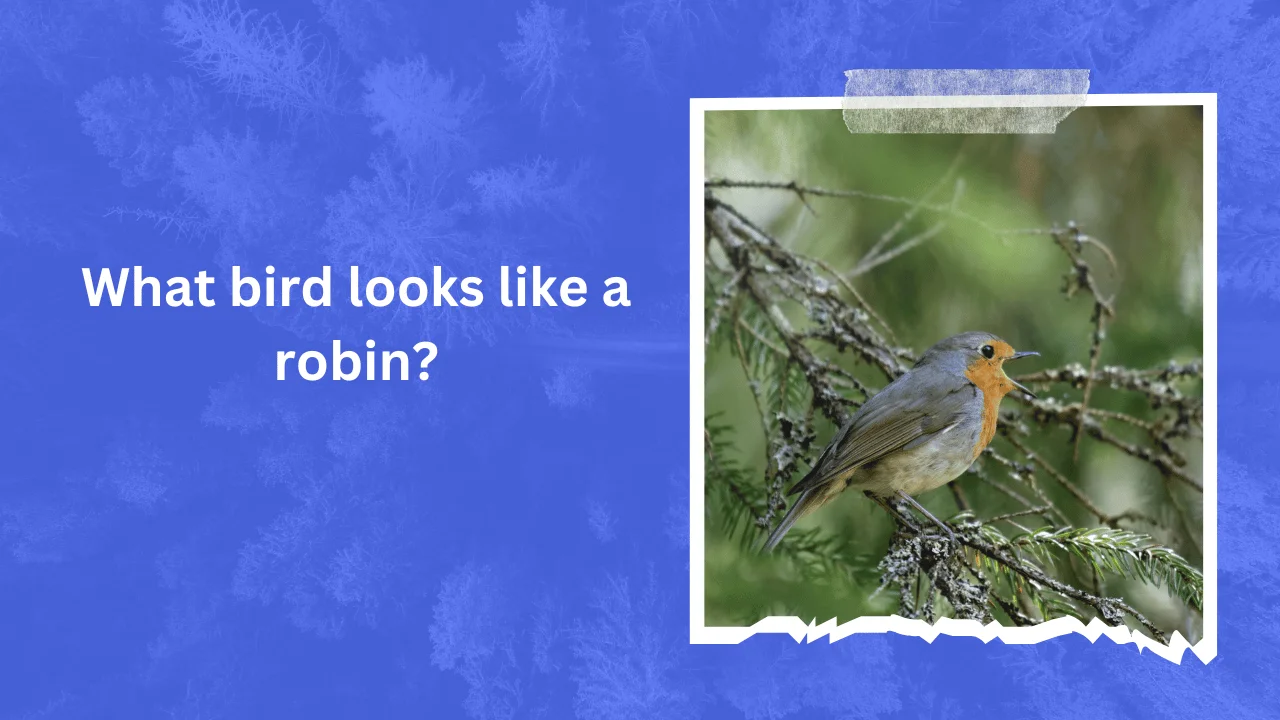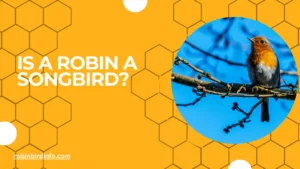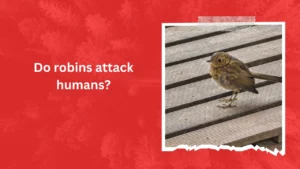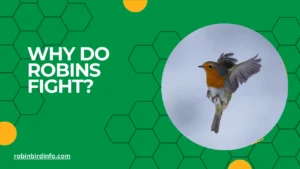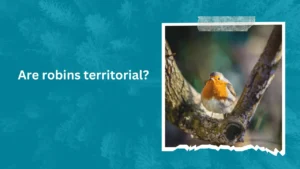Ever watch a seemingly peaceful Robin transform into a feathered fury, chasing another bird away from its territory?
It’s a surprising sight, isn’t it? These cheerful songbirds, known for their bright red breasts and melodic calls, can suddenly become fierce defenders of their space. But why the sudden aggression?
Birdwatching can be a delightful experience, filled with vibrant colors and enchanting songs. But sometimes, things take an unexpected turn. You might witness a Robin dive-bombing another bird, its normally cheerful chirps replaced by a series of harsh squawks.
This territorial behavior is a fascinating and essential part of a Robin’s life cycle.
Understanding the reasons behind it can help us appreciate these birds on a deeper level and even become better backyard birdwatchers! So, grab your binoculars, settle in, and get ready to explore the fascinating world of Robin territoriality!
Contents
- 1 American Robin
- 2 Look-Alike Species
- 3 Bird Identification Tips
- 4 Using Bird Identification Guides and Apps
- 5 The Importance of Bird Identification
- 6 Conclusion
- 7 FAQ’s
- 7.0.1 What is the best way to learn bird identification?
- 7.0.2 What are some essential birdwatching tools?
- 7.0.3 How can I improve my bird identification skills?
- 7.0.4 What are some common mistakes made by beginner birdwatchers?
- 7.0.5 How can I attract birds to my backyard?
- 7.0.6 What is the importance of bird conservation?
American Robin
The American Robin is a familiar sight in many North American backyards. It’s a medium-sized bird with a distinctive red breast, a gray back, and a dark head. Its song is a cheerful warble, often heard in the early morning.
American Robins are typically found in wooded areas, parks, and suburban gardens. They are omnivorous, feeding on a variety of foods, including insects, worms, berries, and fruits.
Look-Alike Species
While the American Robin is a distinctive bird, a few species can be mistaken for it:
- Eastern Bluebird: This bird is similar in size to the American Robin but has a bright blue back and a reddish-orange breast. It often inhabits open woodlands and grasslands.
- European Robin: This European bird shares a similar red breast with the American Robin. However, it is smaller and has a more slender build.
- Other Thrushes: Certain thrush species, such as the Hermit Thrush and Wood Thrush, can have similar coloration to the American Robin. However, they often have different markings, behaviors, and habitat preferences.
Bird Identification Tips
To accurately identify a bird, it’s essential to pay attention to key field marks. These include:
- Plumage: Note the color, pattern, and overall shape of the bird’s feathers.
- Beak Shape: The shape of a bird’s beak can provide clues about its diet and behavior.
- Tail Length and Shape: The tail can be a useful field mark, especially for distinguishing between similar species.
Vocalizations are another important clue to bird identification. Different bird species have unique songs and calls that can help you narrow down your identification.
Habitat and Behavior can also provide valuable clues. For example, a bird’s preferred habitat, foraging behavior, and social interactions can help you identify it.
Using Bird Identification Guides and Apps
Traditional field guides are excellent tools for bird identification. They provide detailed descriptions, illustrations, and range maps for various bird species.
Bird identification apps have revolutionized the way we identify birds. Apps like Merlin Bird ID and iNaturalist allow you to take a photo of a bird and instantly receive identification suggestions.
Online resources such as bird forums and websites can also be helpful for bird identification. You can ask questions, share observations, and learn from other bird enthusiasts.
The Importance of Bird Identification
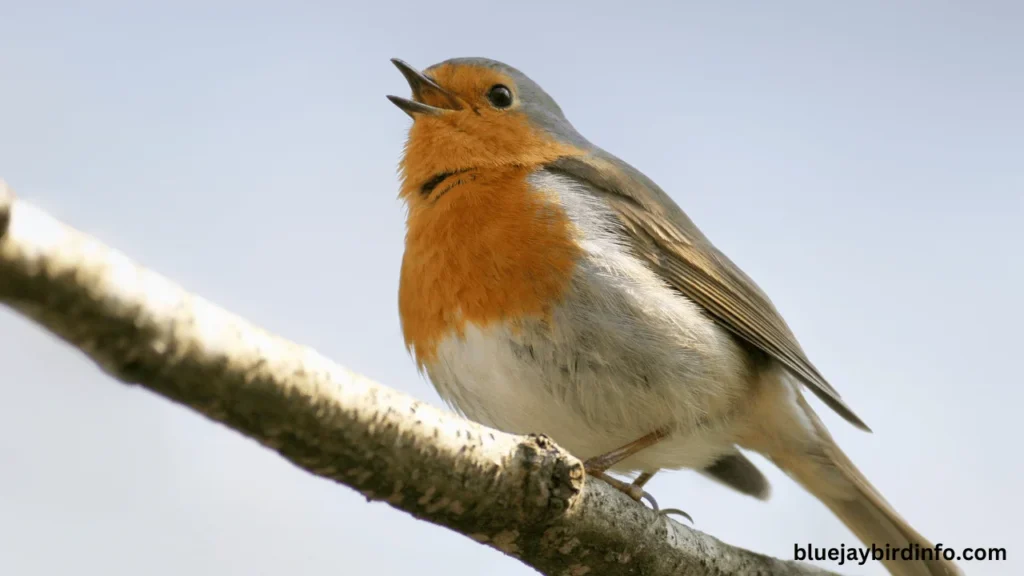
Bird identification is not only a fun hobby but also a valuable skill for citizen science. By participating in bird counts and surveys, you can contribute to important conservation efforts.
Bird identification can also help you appreciate the diversity of bird life and understand the ecological importance of different species. By learning to identify birds, you can gain a deeper understanding of the natural world and take steps to protect it.
Conclusion
By understanding the key characteristics of the American Robin and its look-alike species, you can improve your bird identification skills. By using field guides, bird identification apps, and online resources, you can enhance your birdwatching experience. So, grab your binoculars, head outdoors, and start exploring the fascinating world of birds!
FAQ’s
What is the best way to learn bird identification?
The best way to learn bird identification is through practice and observation. Start by familiarizing yourself with common birds in your area. Use field guides, bird identification apps, and online resources to learn about their physical characteristics, behaviors, and vocalizations.
What are some essential birdwatching tools?
Essential birdwatching tools include binoculars, a field guide, and a notebook for recording observations. You may also want to consider using a bird identification app to help you identify birds quickly and easily.
How can I improve my bird identification skills?
To improve your bird identification skills, practice regularly, join a local birdwatching club, and participate in birdwatching events. You can also learn from experienced birders and seek out opportunities to observe a variety of bird species.
What are some common mistakes made by beginner birdwatchers?
Some common mistakes made by beginner birdwatchers include relying too heavily on a single field mark, overlooking subtle differences between species, and misidentifying birds based on limited information.
How can I attract birds to my backyard?
To attract birds to your backyard, you can create a bird-friendly environment by providing food, water, and shelter. Plant native plants, offer clean water sources, and install bird feeders and birdhouses.
What is the importance of bird conservation?
Bird conservation is important because birds play a vital role in ecosystems. They help to pollinate plants, disperse seeds, and control insect populations. By protecting bird populations, we can help maintain healthy ecosystems.

